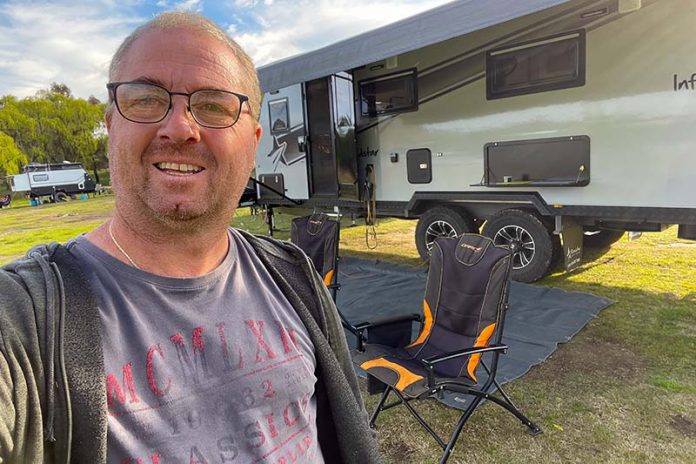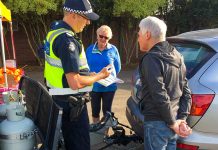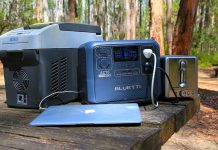Thinking of the caravanning lifestyle? It’s easy to get caught up in the excitement of buying your first caravan. The flashy sales pitches seem to push aside all sensible thought processes, sometimes leading to a regrettable decision.
When it comes to purchasing anything, I like to do my research before opening my wallet. My wife would say I procrastinate to the point of driving her mad. It’s not that I’m scared of wasting money on a regretful purchase. I just prefer to make sure I’ve covered all bases so that I’m happy with the final decision. Such was the case with the purchase of our first caravan. Even though we got a great caravan, we did make a few mistakes that meant it was not the last caravan we ever purchased.
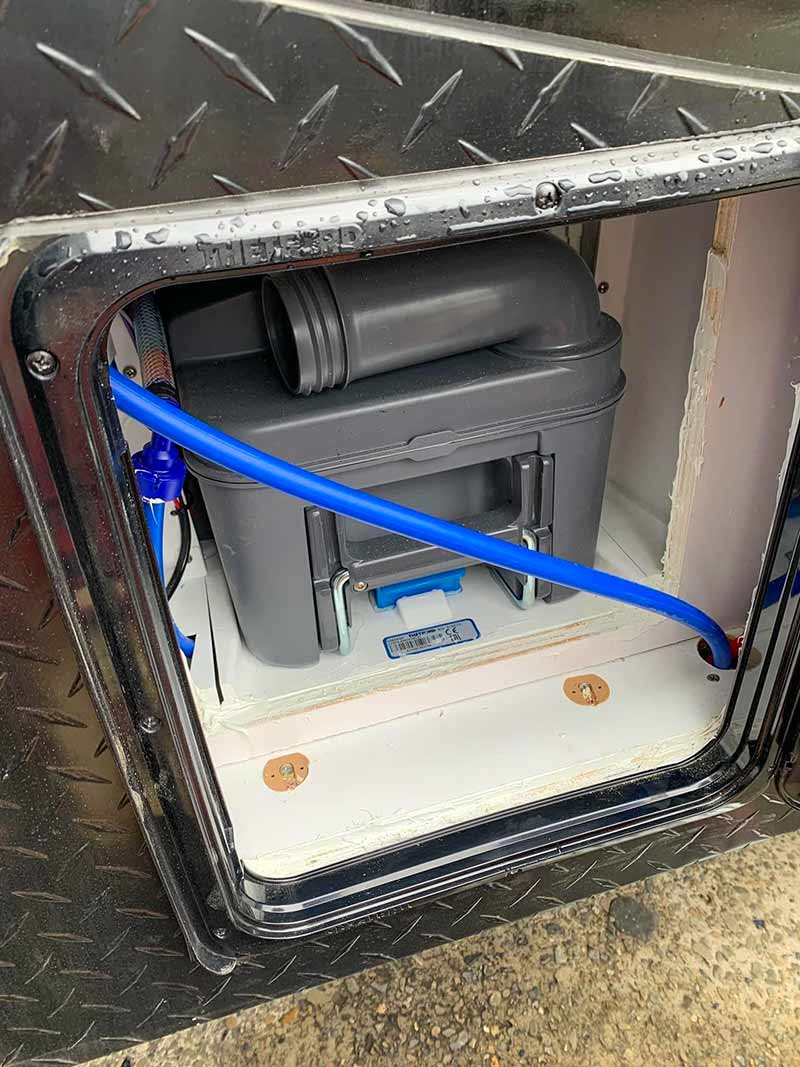
As annoying as this may be, I was not the first, and certainly not the last, person to find themselves in this position. Anyone’s first caravan will rarely be their last, especially if they enjoy the lifestyle more than expected.
In this article, I want to highlight what I reckon are the five most important things I wish I’d known before purchasing our first caravan.
TWO GROUPS
But first, let’s clarify something important.
Caravanners can generally be split into two distinct groups: those who want a caravan for weekends away, annual holidays and perhaps the occasional extended trip; and those who purchase a caravan for the big lap or to live in full time.
For the first group, some of these issues I will describe may be nothing more than a minor annoyance; however, for the full-timers, having to live with some of these issues can be a constant source of frustration, so much so that you may decide to sell your caravan and purchase a new one, potentially losing a lot of money in the process.
Regardless of what your caravanning lifestyle entails, I reckon you would want to avoid these issues all the same. You never know: you may decide to take that trip of a lifetime down the track.
CARAVANNING STORAGE WARS
You can never have enough storage space.
We got into caravanning after spending several years touring with side-fold camper trailers. Anyone familiar with them will know you get used to having one large storage area under the bed. You find ways to utilise the space efficiently. This usually involves putting gear into large square containers or durable bags.
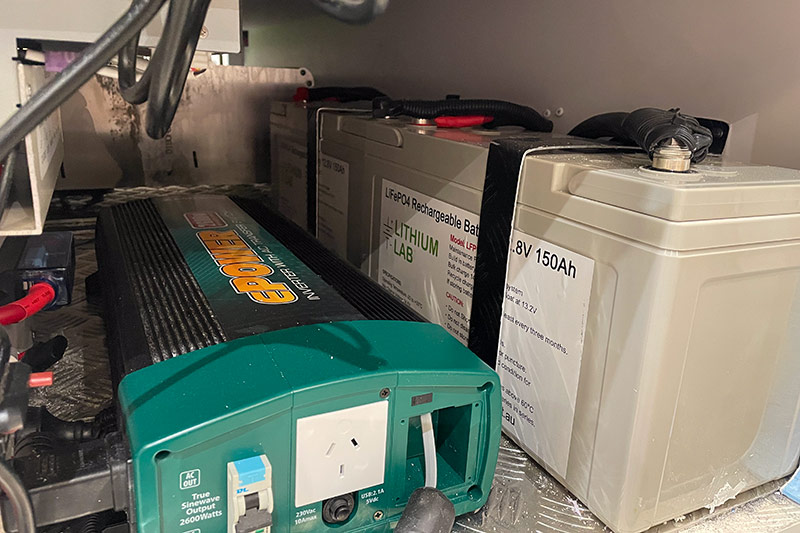
Caravan storage is completely different and, depending on the type and size of your caravan, space could be minimal and you need to be prepared for this.
Our first caravan was 17ft long and most of the storage was under the bed and in the front boot. It meant many items we used outside, such as our camp chairs and table, had to be stored in the van. This seemed fine at first but we soon grew tired of carrying our gear in and out of the van every day.
When looking at prospective new caravans, I recommend you sit inside the van and imagine where all your gear will go and if it is stored conveniently. Imagine a typical day of caravanning. Where you use your equipment, cook, clean, rest, sleep, make the bed, and generally do the stuff you would do any other day. Consider if the amount of storage and where it is located will work for you.
PAYLOAD PAIN
Get the most cargo capacity possible.
While we are on the subject of storage, it is pointless having all the storage you can use if the cargo capacity of the caravan is too low for your needs. In the most basic terms, a caravan’s cargo capacity can be calculated using the formula ATM minus Tare equals Cargo Capacity.
In many cases, unless you stipulate how much cargo capacity you want, a manufacturer will put a standard figure on it. This can be as low as 300kg for a single-axle caravan and 400kg for a tandem-axle van.
Neither of these figures is a lot and, if you plan on doing the big lap or living full-time in your van, they will prove hopelessly inadequate.
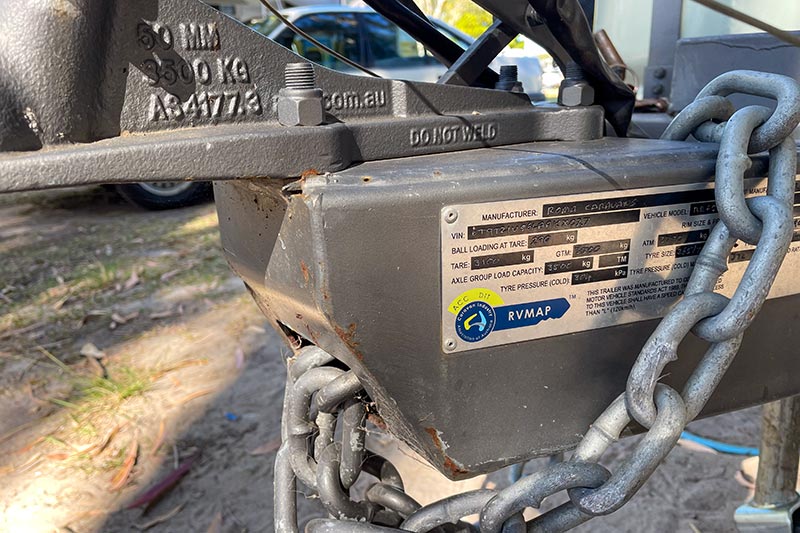
I cannot recommend a minimum for all caravanners as we are all different. Some people get on with minimal gear whereas others, especially travelling families, need to take a lot of stuff just to keep the kids entertained. Not to mention the adults who simply have to have all the luxuries of home with them on their holidays (I’m somewhat guilty of this).
What I can tell you is that for my wife and I, travelling around as full-timers, we just managed with a cargo capacity of 600kg. That might sound like a lot but consider if you want to do any remote area travel, you will need to carry water with you. If you fill two 90L water tanks, that’s 180kg of cargo capacity used up, leaving you with 420kg for other stuff.
Pack a generator, two camp chairs, a table, a barbecue and a few other essential items and you will be down another 100kg, leaving you with just over 300kg for food, drinks, clothes, linen, and all your ancillary items. Imagine if you started with just 400kg!
I recommend you look at all the gear you want to carry and get some idea of how much it will all weigh so you will have a starting point to discuss with a manufacturer.
It is also worth asking them what is physically included in the Tare weight of their caravans. There are no standards here and many may consider optional extras as cargo.
DESIGN DILEMMAS
The smallest design flaw can be a major nuisance.
This is not something that I have experienced to any great extent but it is an issue I have seen many times. For example, we recently camped with friends who had just bought a new caravan. They discovered the access for the toilet cassette was situated behind one of the awning arms. So, whenever they want to empty the toilet cassette, they have to unclip the awning leg and hold it far enough away for the cassette to be removed.
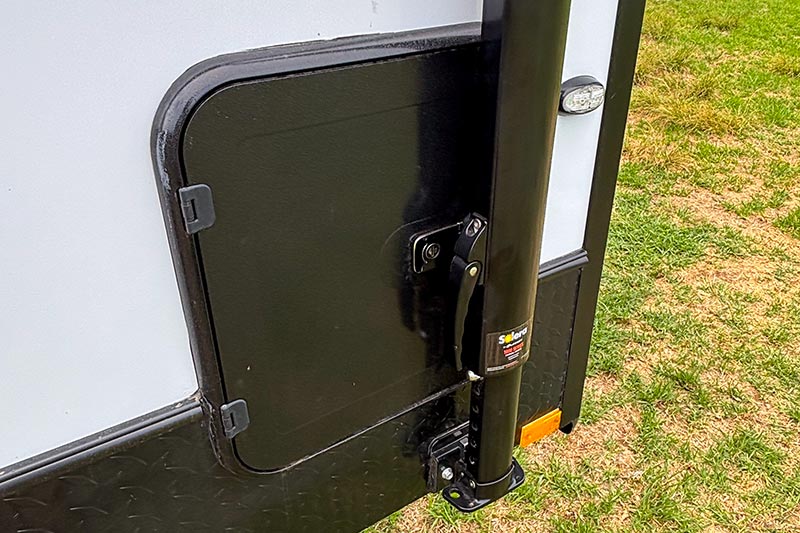
For them, it is not a huge inconvenience, however, I couldn’t conceive of a situation where a manufacturer would look at that and think it’s okay. And we’re not talking about some obscure, small manufacturer!
I’ve seen other things like hot water systems that protrude into the tunnel boot, exposed electrical wiring in storage spaces and I’ve even seen a 240V outlet in a wet storage area.
Look, no caravan is perfect. They all have their niggles or things that could have been designed better. All I’m saying is, try to see through the bling and look at any caravan from a practical perspective before deciding if it is right for you.
SOLAR SIZES
Not all solar panels are created equally.
If I had to say which issue I hear the most from caravan owners, it would be that their solar charging is inadequate. For the majority, it is simply a case of not specifying enough at the time of the build, but others seem to have plenty of solar capacity which simply doesn’t meet expectations. And for many, the quality of the solar installation is to blame, particularly the solar panels.
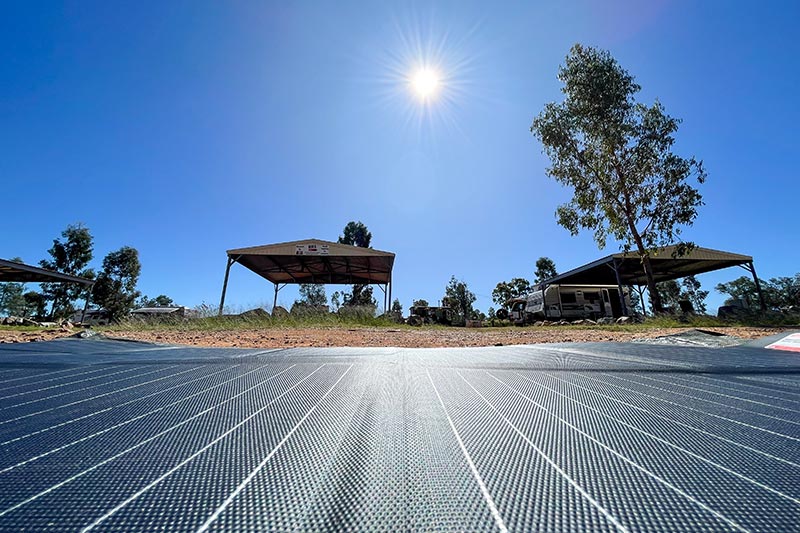
For example, our last van had a brand of solar panels I’d never heard of before. While they worked, their performance wasn’t brilliant. Our current van has Enerdrive panels and these are vastly superior to any we’ve had in the past. Not only do they easily make their rated output, they manage to produce useful wattage in some of the most unfavourable conditions.
I have found a similar situation with portable solar panels where it was obvious that cheaper panels were often overrated and underperform as a result.
Suppose free-camping is something you want to do in your new caravan. In that case, I highly recommend you research solar panels, particularly which ones have a good reputation and request your manufacturer fit these or something equivalent. It will save you a lot of money in the future.
BLUE LIGHT BUG DISCO
Blue lights might look pretty but…
It is difficult to understate the impact modern LED lights have had on the caravanning and camping community. We have bright lights of various colours that are reliable, don’t require new bulbs every so often and do this with minimal power consumption.
LED lights have even given us the flat, lightweight TVs we all have in our vans these days. But these lights have a serious flaw that no one tells you about. They attract bugs like Las Vegas attracts gamblers.
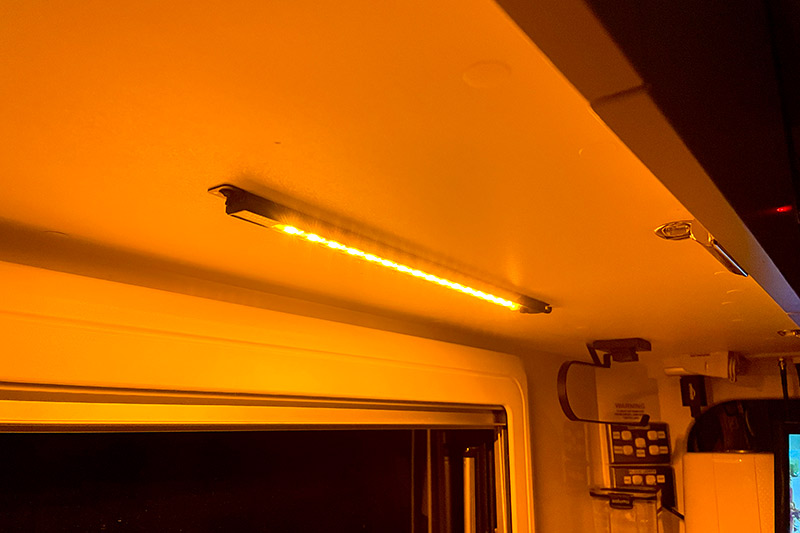
What’s worse, for reasons hitherto unknown to science, caravan manufacturers seem obsessed with fitting blue LED lights supposedly ideal for nighttime vision. Some even market these as anti-bug lights. Nothing could be further from the truth.
I see it all the time on caravanning and camping groups on Facebook: owners complaining about the amount of bugs they get inside their vans. All manner of solutions are offered, including fitting midge-proof mesh to the windows and vents, but the reality is that if a bug wants to get into your van, it will find a way. What you have to do is stop making it so attractive for them and this involves turning off those white and blue lights.
I was so tired of this happening to us that I did some experimenting and found that amber LED lights did not attract nearly as many bugs as the white ones do. In fact, by fitting amber LED lights to the inside and outside of our van, we have reduced the number of unwelcome visitors by as much as 90 per cent.
So when you’re talking to your caravan manufacturer about your new van, tell them to keep their fancy blue lights and fit a couple of amber lights so you can see inside your van at night and minimise the number of uninvited guests.


